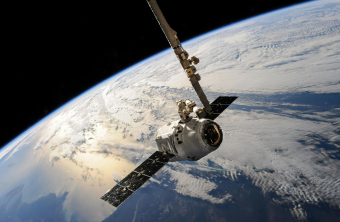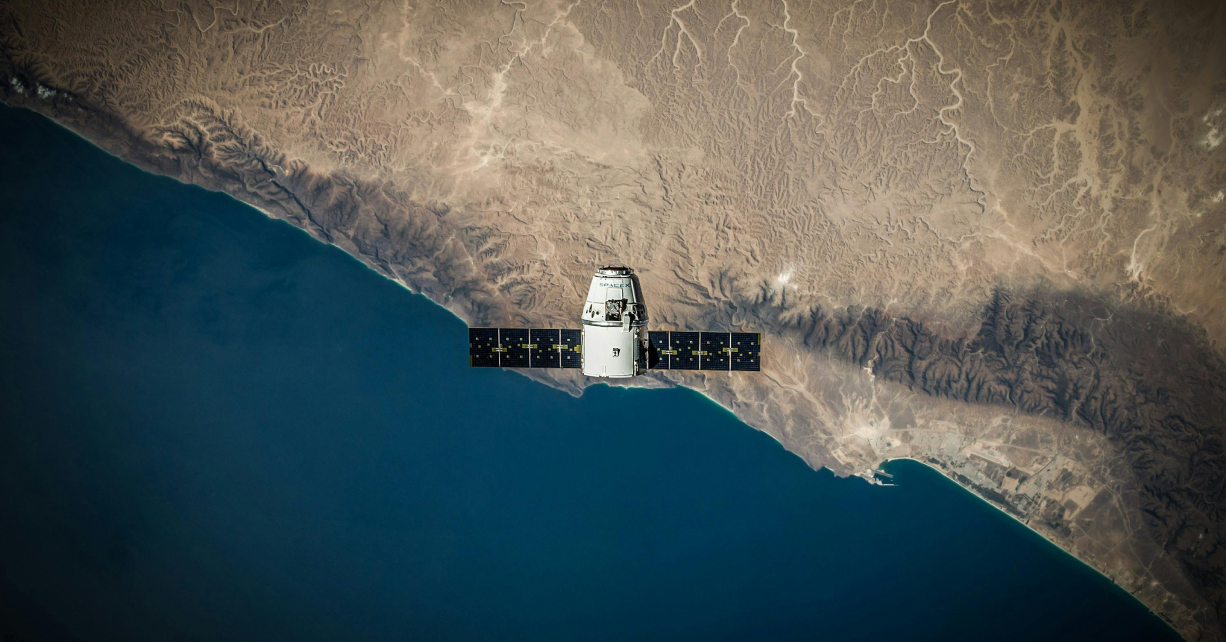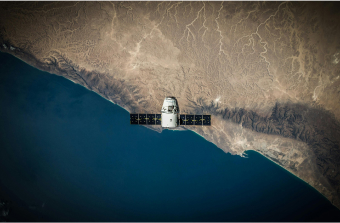

The telecommunications landscape is undergoing a monumental shift, thanks to the advent of Low Earth Orbit (LEO) satellites and Direct-to-Device (D2D) technologies. With giants like SpaceX’s Starlink leading the charge, the industry is on the cusp of a connectivity revolution that promises to bridge the digital divide, enhance global communication, and open up a plethora of opportunities for telecom operators. This blog post delves into the origins, advancements, and implications of LEO and D2D technologies, offering insights into their potential to redefine the telecom ecosystem.
The saga of communication satellites began in 1957 with the launch of Sputnik1 by the Soviet Union. However, it was the subsequent developments, including the SCORE project and Telstar1, that laid the groundwork for today’s satellite communications. Fast forward to the present, and we have over 7,500 satellites orbiting the Earth, with a significant chunk belonging to Starlink. This historical perspective sets the stage for understanding the transformative potential of LEO and D2D technologies.
LEO satellites, orbiting closer to Earth, offer lower latency and the promise of seamless global coverage. The advent of satellite constellations has further amplified their effectiveness, allowing for a denser and more reliable network. Meanwhile, D2D technology is breaking new ground by enabling direct communication between satellites and devices, bypassing traditional ground stations and significantly reducing the total cost of ownership.
The integration of LEO and D2D technologies into the telecom sector is not just about enhancing existing services but creating new paradigms for connectivity. From bridging the rural-urban digital divide to enabling high-speed internet in remote areas, and from revolutionizing IoT connectivity to providing resilient networks for disaster management, the possibilities are vast. Furthermore, these technologies are set to play a crucial role in the deployment of 5G networks, offering an efficient solution for backhaul challenges.


Despite their potential, LEO and D2D technologies face several hurdles, including spectrum scarcity, device compatibility, and the production and distribution of ground stations. Moreover, concerns about space debris and the environmental impact of satellites underscore the need for sustainable practices and robust regulatory frameworks.
As the telecom industry embraces LEO and D2D technologies, we stand on the brink of a connectivity revolution. The collaboration between telecom operators and satellite providers is paving the way for a future where ubiquitous coverage, high-speed internet, and global connectivity are not just aspirations but realities. The journey from Sputnik1 to Starlink encapsulates a remarkable evolution in satellite technology, heralding a new dawn for telecommunications that promises to connect every corner of the globe.
The integration of LEO satellites and D2D technologies represents a pivotal moment for the telecom industry. As we venture into this new era of connectivity, the challenges and opportunities ahead call for innovation, collaboration, and a shared vision for a connected world. With the potential to redefine how we communicate, work, and live, the future of telecom looks brighter and more connected than ever.